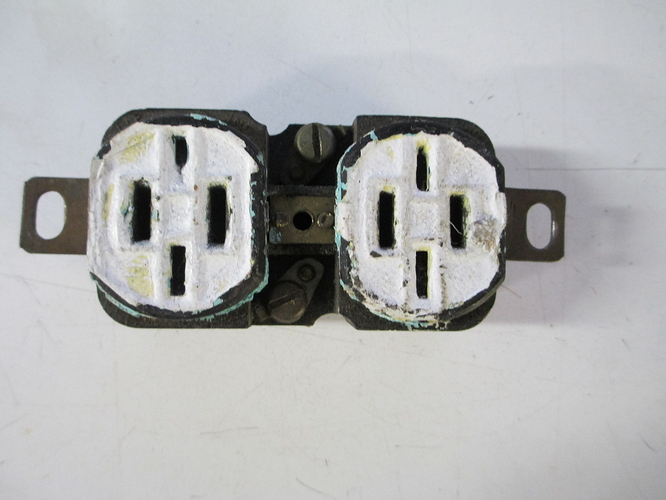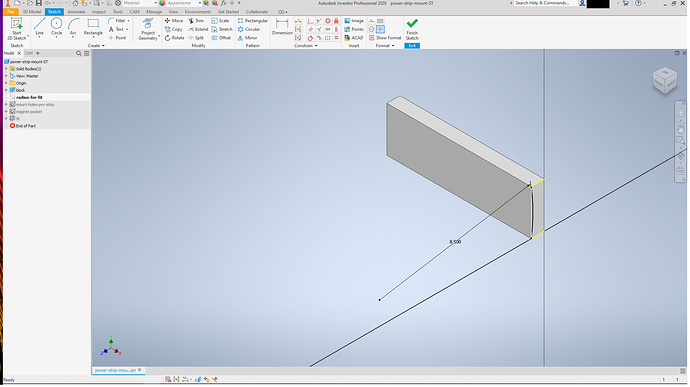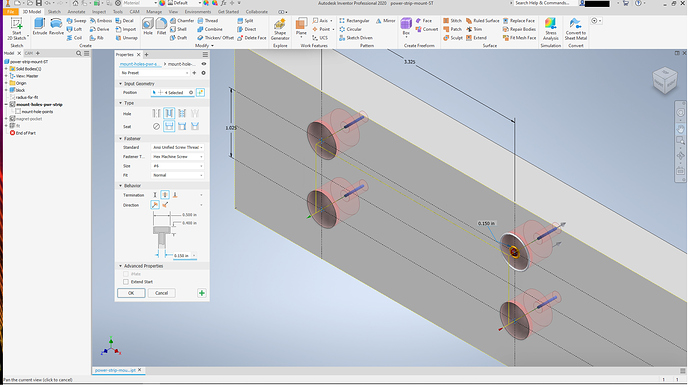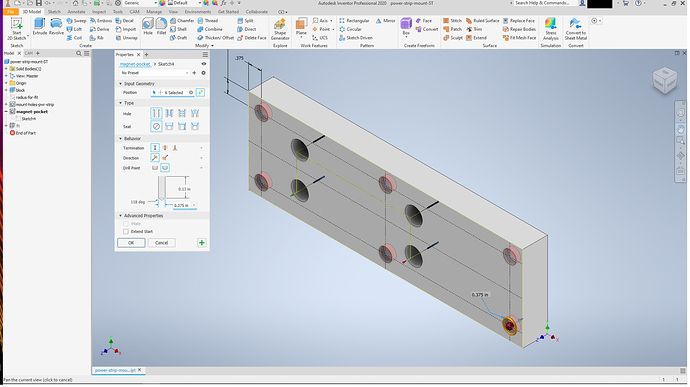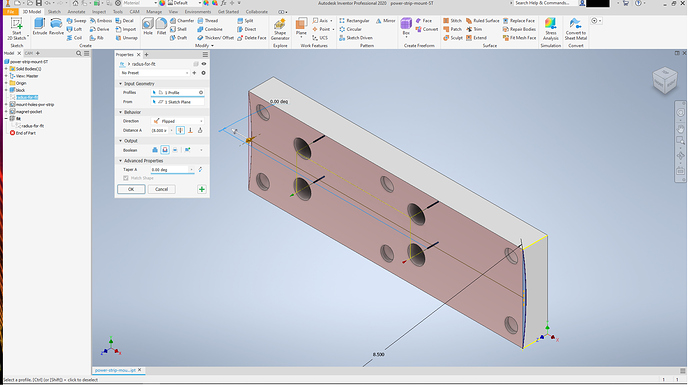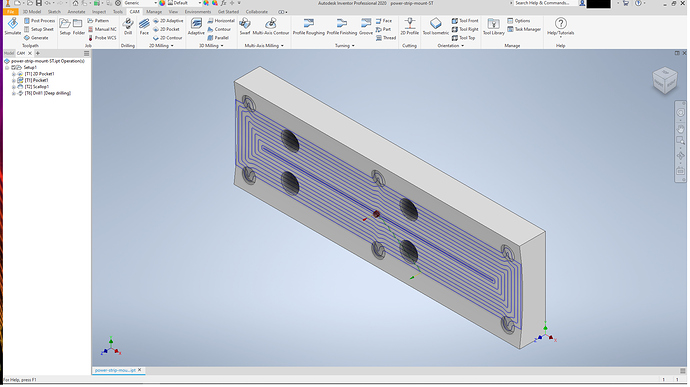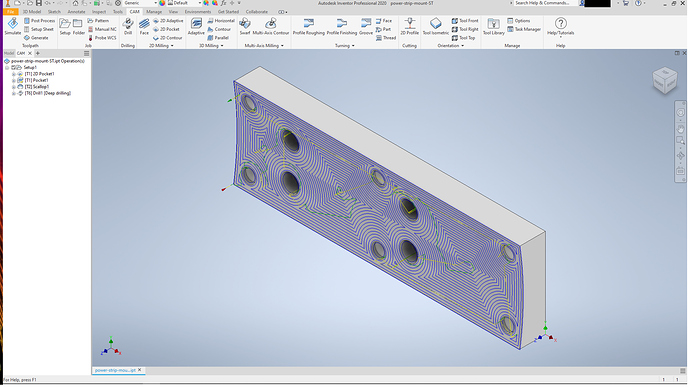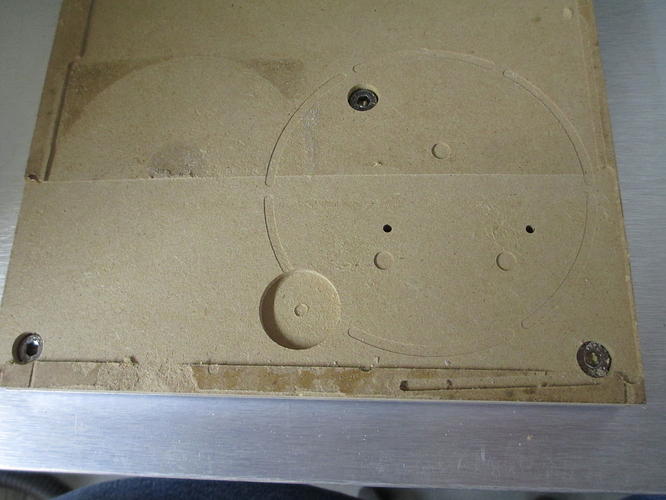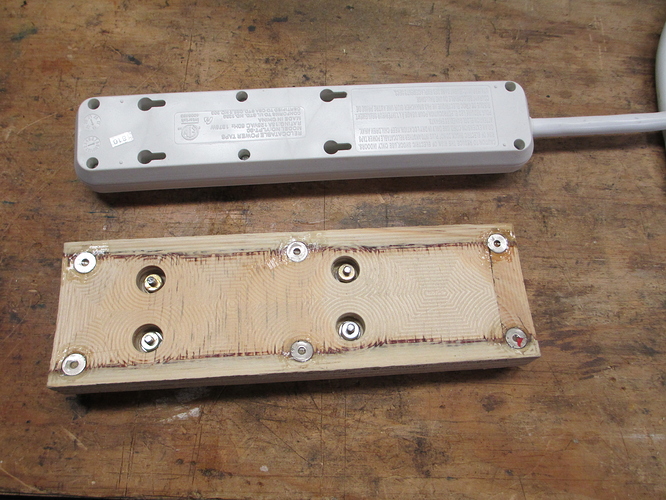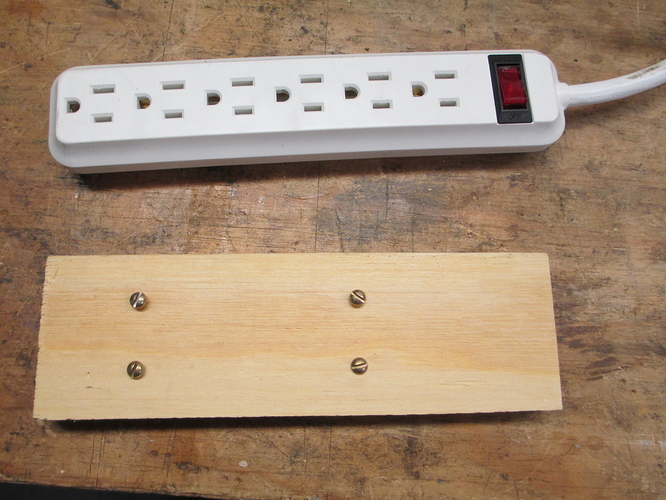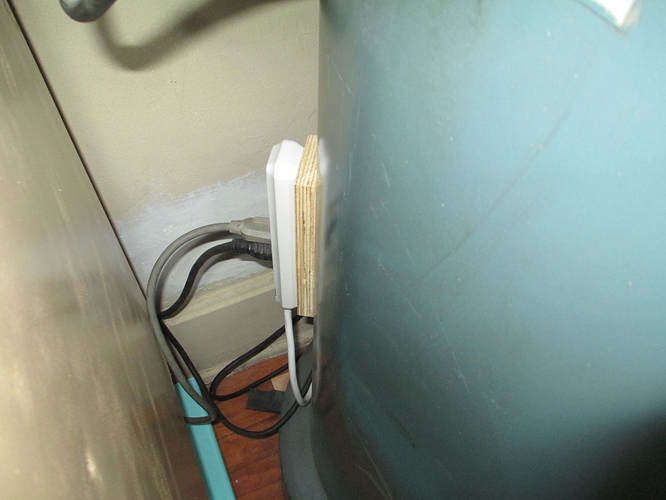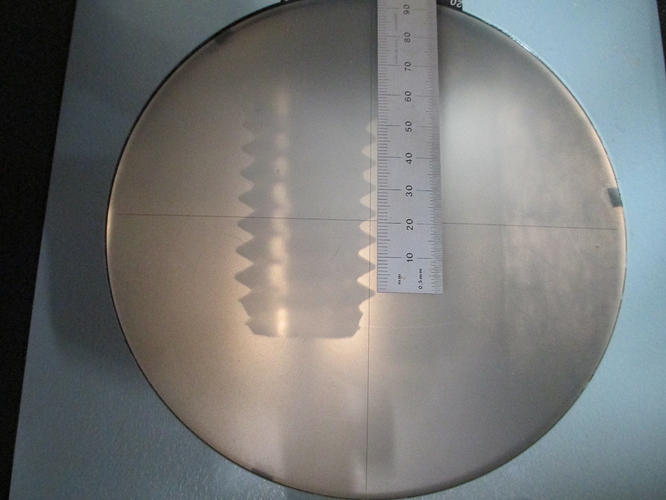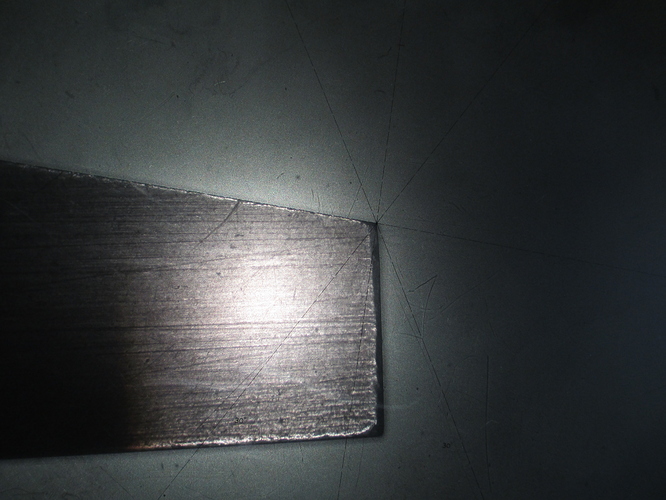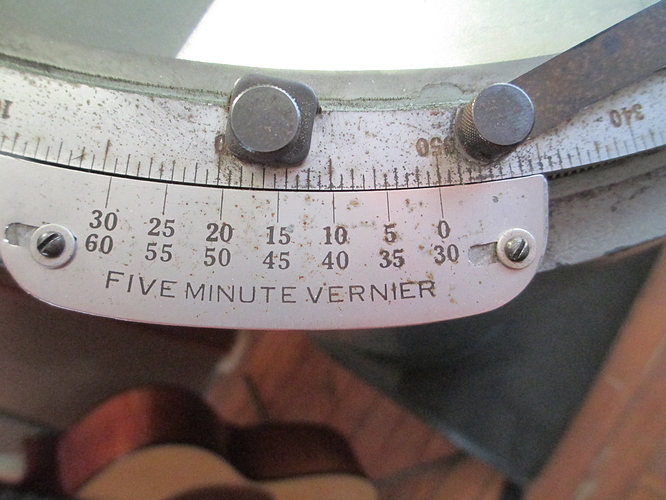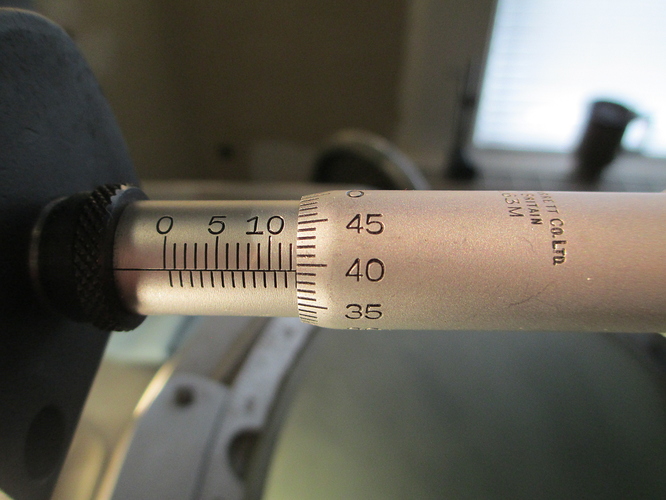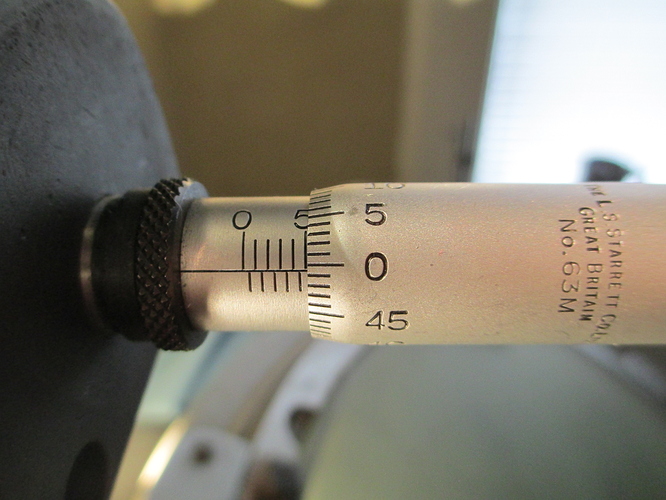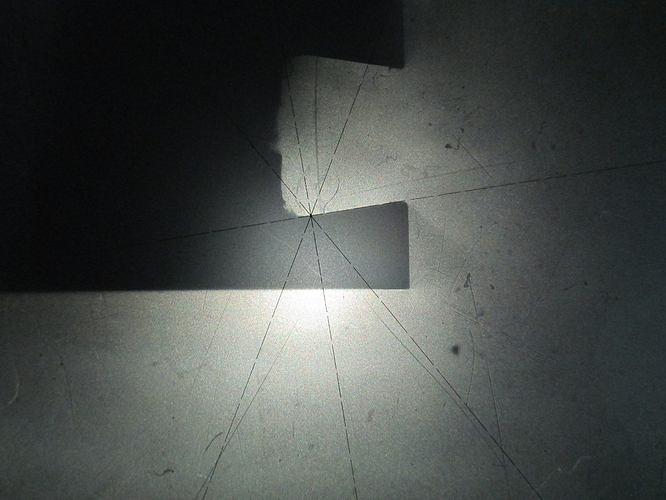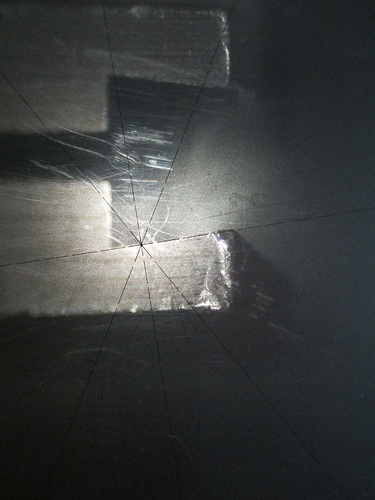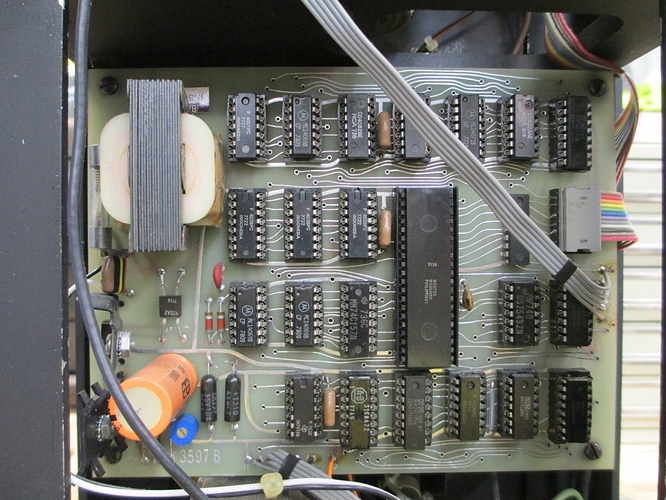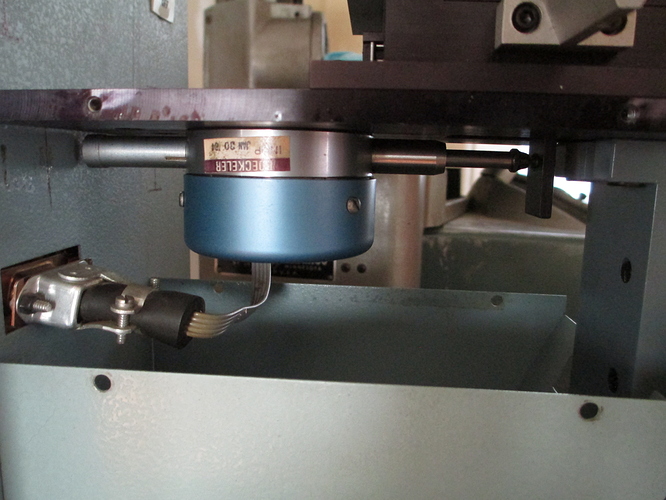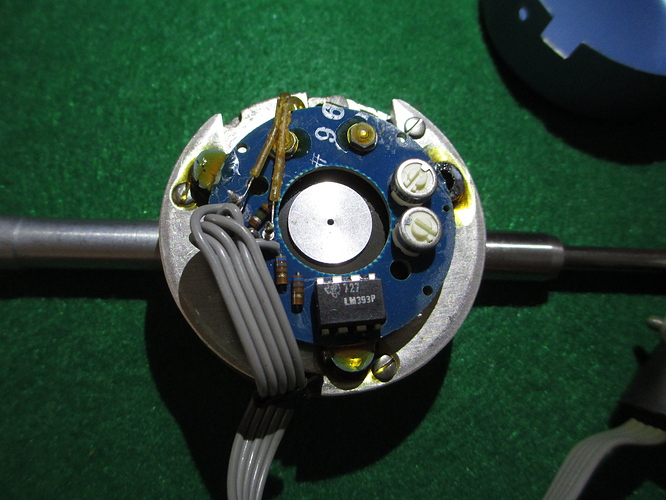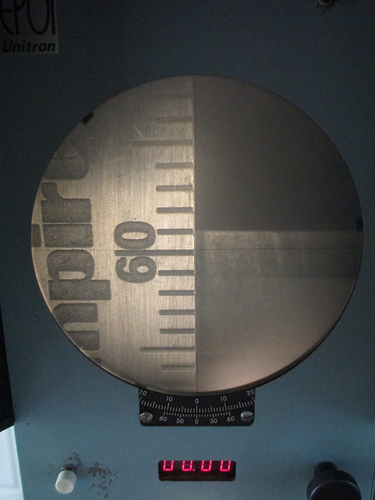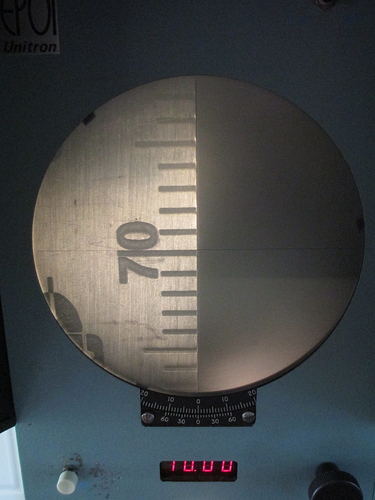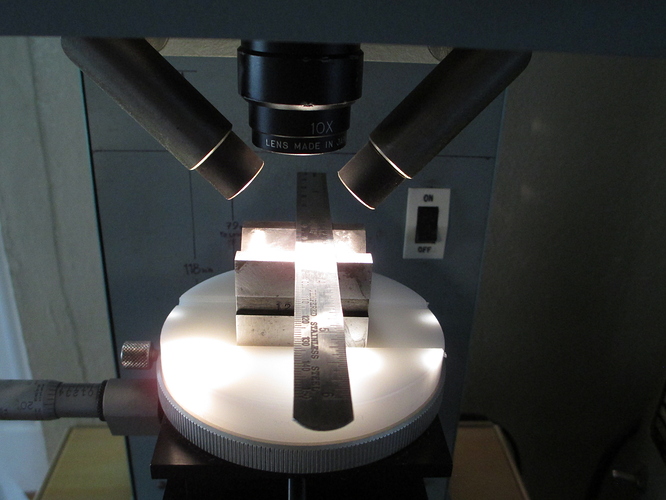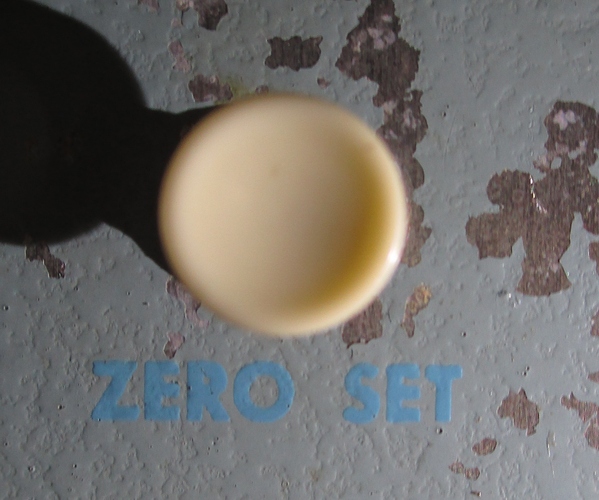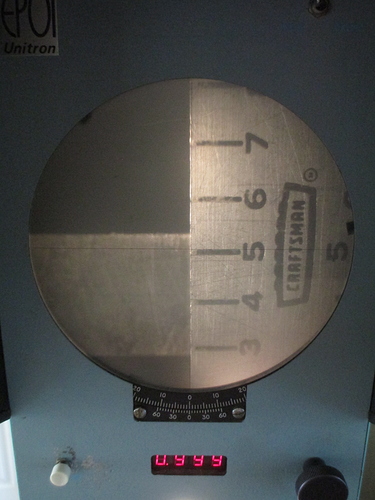This WAS going to be for the current challenge (“I have one word for you- plastic”), but material supply got in my way. I can’t use a low surface energy plastic, and that is all I have on hand, and I am waiting (and waiting) for an order from over a week ago to show from less that 15 minutes away. So, I got it done with a finish grade BC plywood. Plywood is basically plastic. What? no? ok, then. This is just a project.
Banged this out in about an hour.
Meet my measuring station. More accurately (pun intended) the comparators. The main sdtation is at the surface plate, in a well lit part of the shop, rather than in an unlit corner of the dining room (the only place where I can a) fit the gear, and b) turn the dark on even on a sunny day)
You will note the two optical comparators- a 14 inch S-T (recently upgraded to a lamp that is still made on the telecentric illuminator) and a six inch EPOI projection comparator, also called a measuring projector, or the trademarked “electromike”. The EPOI unit has an interesting history, if anyone is interested, buy II will leave that to the appendix. Key points: they both require 120VAC power. I live in an old house. When I bought it less than ten years ago, the entire house was on two circuits on bare wire knob and tube (not all was originally bare, but by that time it mostly was), and most of the outlets looked like this:
Things have been upgraded as much as practical since- modern wire, grounded outlets, GFCI’s where appropriate, and so on-, but there are still many fewer outlets than needed in some places, and no practical way to expand (60A service, don’t-cha-know). So power strips are a thing. I prefer them mounted securely, but don’t like holes in the walls, so, when possible, I make mounts to attach them neatly to other structure. Lally columns in the basement, or, in this case, the back of the S-T comparator. It is stable (I put a column under the floor to stabilize it), steel, and grounded. Steel means magnets for mounting, so I can put it out of the way easily, but easily get it accessible when I want to.
Unfortunately, the 1950’s chunk of measurement infrastructure has a round back.
You can also see the one (single, only) duplex outlet available. It is shared with a dehumidifier. The next nearest is either the other side of a doorway or through a floor.
This means a power strip, and this necessitated (in my mind) making a special mount for the power strip. Some people would think “3D printer!”. I think “twelve hours and $10 in plastic for a prototype that may need to be redone. Machine that bugger!” The power strip is 250mm long, so the Nomad is sufficient at 200mm. Magnets are on hand. Lots of magnets. I have screws. Lots of screws. I have epoxy.
First, the model:
A block of wood:
with four holes for the #6 screws to hold the power strip. Counterbores for the washers and nuts
Six magnets should do. Rare earth 10mm dia, 1.5mm thick.
The bores are deeper than the thickness of the magnets, since the last step is fit to the radius of the back of the S-T comparator. Some depth is taken by that. The bore axes for the magnet pockets do not match the normal to the final surface, but are close enough.
Machining on a 3 axis machine is easy, but due to the pockets for the magnets not matching the surface, assembly took a couple extra minutes.
Machining was done using three tools: A square end bit for most of the work:
including the roughing of the contour to fit the comparator, followed by a 3.175mm ball end for the final contour (I chose the strategy for ease, but it looks cool, no?)
and pilot drilling the screw holes
The final drilling diameter (3.7mm clearance holes) is a bit large to drill with the Nomad, and a bit small, at this depth, to pocket using a 2.3mm mill. So I used the drill press to finish them.
To do the machining, I pocketed the well used waste board (it is almost a month old. I am nearly down to the mounting screws at the front, and will need to be more careful for large parts soon)
using this model
The position left about 1mm on the right, and a good lip at the front, for positioning. The zero for the part and for the pocket were front right bottom so I zeroed once (setting the depth of the pocket by setting the Z in CM), and ran the pocket and the part.
I have no photos of running the part. It only took about 15 minutes, fixture pocket to finished part, so here it is after epoxying the magnets in (this is why I couldn’t use the plastics I have on hand):
The magnets are epoxied in flush to the surface, the screws, washers, and nuts ready for the power strip.
Mounted and test fit:
and in final location:
The fit is snug, with no rock. It took one jiggle of the top to get a good seat.
Now the interesting part of the EPOI unit:
I bought it on ebay to restore and use. It is third (fourth? fifth?) hand. It is portble enough to use when teaching. I knew it would take a bit of work from the photos in the listing. You can see that I have done a fair bit already, the most visible thing being that most has been repainted (and the sheet metal has been marked out with dimensions for locating specimens on the sheet metal behind the stage. This also helps with making accessories for holding specimens. That is foreshadowing, hopefully about one days worth, if no emergencies pop up).
The stage was mounted wrong- 50mm too high, so the setscrew fell on the finished surface of the mounting column rather than in the groove provided for it- and took a two ton jack to remove (the setscrew raised a huge burr on the mounting bar.) The electronic readout was dead (still working on it. 1970’s discrete technology. All 7400 logic. The actual problem is a bad transformer and blown grain-of-wheat lamp in the optical quadrature measuring unit. I may roll my own or use a modern replacement) But it turns out this unit may have a history.
Not a lot of them were made. Ok. A lot were. But they were made in Japan. Some were imported and rebadged by EPOI, and, at the same time, fit with IKL (Boeckeler) readouts after it EPOI became Unitron. Bodge job, but they worked. Some of these were sold to US government labs. Including the FBI lab. This one has an ID etched in the case that indicated that is where its first home was.
The FBI lab used a unit of this model in the 1970’s when they redid the MLK investigation at the federal level. I don’t know if it is the same one I now have, as the serial number isn’t in the report, but it is possible.
I thought that was kind of cool.
It is sitting on a Snap-on (relabeled Kennedy) side cabinet of similar vintage (1970’s) on a stand I made up from box tube and painted to match. The adjusters for the feet were also made using the Nomad (except tapping threads). The cabinet was painted with a color know as “Pandemic Least Offensive that Home Depot Had in Stock”. It matches the shellaced plywood I put on top, so I may keep it.

